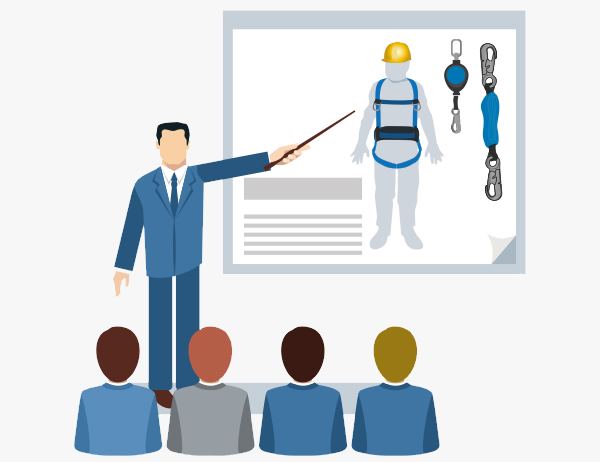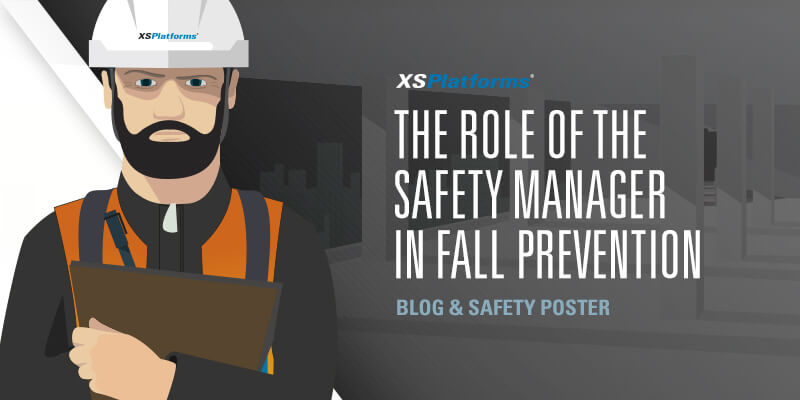Working at height requires safety measures, mostly in form of fall protection. Also the persons who regularly work with this equipment need to know what they are doing to minimize the risk of fall accidents. Training, experience and the available resources needed to work safely all contribute to a safe working environment.
But, there is a specific group of workers that is exposed to more risks when working at height than those who do it on a regular basis: temporary workers.
In a research about the correlation between temporary jobs and workplace accidents, performed by a Dutch university in 2016, was found that workers with a temporary contract were more likely to be confronted with severe injuries than permanent staff (Picchio & van Ours, 2016).
 Increased risks
Increased risks
Temporary workers aren’t always up-to-date with the safety guidelines of working at height or not familiar with the policies at the job sites of companies where they perform their work. It’s the task of the company, or person that is hiring them, to make them aware of the safety regulations.
Unfortunately, factors like inexperience, not being aware of the regulations sufficiently or thinking of completing the job quickly and unconsciously ignoring the safety briefing or regulations increase the risk of fall accidents happening among temporary workers. Inexperienced workers are likely to underestimate the height they are working on: a fall from ‘only’ 2 meters (6 ft) can cause serious injuries, while it might be perceived as ‘low’.
Also, where regular staff is experienced in working at height, trained regularly and HSE (Health Safety and Environment) managers reminding them constantly of the dangers of the job, temporary staff isn’t continuously confronted with this. Furthermore, the job site or company is often unknown to them and they don’t know where the real dangers lie, in contrast to those who work there every day.
All these factors contribute to an increased risk of (fall) accidents happening.
Protecting (temporary) workers
First and foremost, the general conception concerning temporary staff is that employers need to treat temporary staff like any other worker in terms of training and safety and health procedures. As it comes to (fall protection) training, host employers should provide temporary workers with safety training that is identical or equivalent to that provided to the employers’ own staff, performing the same work.
Here, the role of the staffing agency is just as important as that of the employer. Both have the responsibility to comply with health and safety requirements and ensure the health and safety of workers.
Also, temporary workers have the right to refuse to work at a job site that doesn’t comply with safety requirements and doesn’t offer sufficient means to perform work safely, like a proper fall protection system or sufficient Personal Protective Equipment (PPE).
Checklist for employers
Our mission is to provide safety for everyone who works at height. Obviously, this goes for temporary workers as well. To support employers who hire temporary staff in training, briefing and providing those workers with all resources to work safely, we have created a checklist.
This checklist contains items about training, awareness of the risks, how to use the available fall protection system, the presence of a fall protection rescue plan, their right to report an unsafe situation etc. By ticking all the boxes when introducing a new worker, temporary or not, employers will have a solid briefing procedure.
Download the checklist and use it when (temporary) workers are hired who will work at height.










2 Comments. Leave new
Hello,
Really you are doing great job, for me there is no word to say other than, I will appreciate your great support to achieve Safety implementation in workplace. So thank you so much.
Thanks so much for the knowledge you share which gives us the understanding to care and use a harness safely at work.?